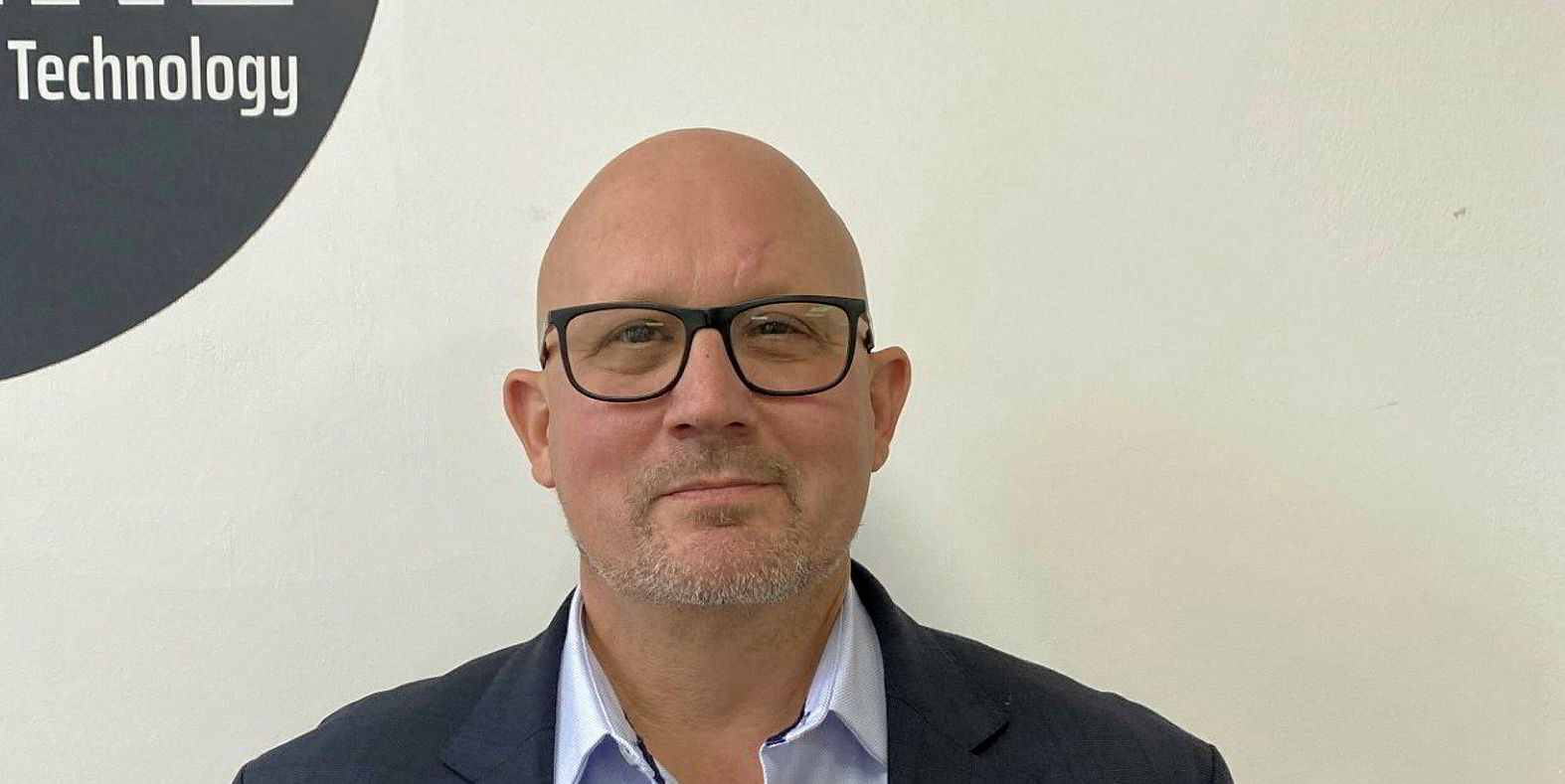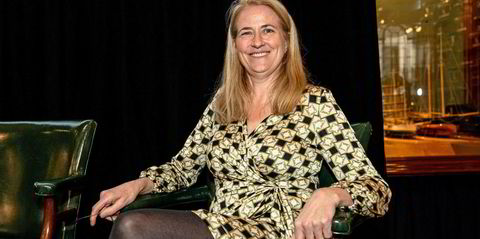Chris Goldsworthy has taken up the top job at IMarEST and wants his organisation to be seen and heard more in regulatory circles.
The Institute of Marine Engineering, Science & Technology, to give it its full name, is a 9,000-member body with 50 branches around the world. It is, according to Goldsworthy, full of people with a huge amount of technological and scientific know-how and ability.
IMarEST has a seat at the International Maritime Organization. It is one of the IMO’s non-governmental bodies that have consultative status and can jointly submit papers and participate in committee meetings. This is what IMarEST aims to use more actively.
“What I want is for IMarEST to be more industry-shaping,” Goldsworthy told TradeWinds days after taking his new role.
He said the membership is full of engineering professionals who still have active roles in the maritime sector, such as technical superintendents or fleet managers. “We are a repository of knowledge and experience.”
His point is that the range of new regulations under discussion, whether environmental or safety, need engineering expertise at the table to ensure they are fit for purpose, and the collective expertise in the institute should be used to be part of this debate.
IMarEST membership goes beyond marine engineering; it includes more elements of the marine sciences and ocean technologies, and this is also an area in which Goldsworthy thinks the institute can bring value to international and regional policy discussions.
He points to IMarEST building a more visible, active role not only at the IMO, but also in Europe, where rule makers are setting out requirements for the industry that are engineering and technical in nature.
IMarEST has observer status at other United Nations bodies such as the Intergovernmental Panel on Climate Change, the International Hydrographic Organization and the London Convention and Protocol.
Goldsworthy is a former marine chief engineer who, after 16 years at sea, worked in ship management in the Netherlands, Cyprus and lately Hong Kong, only now returning to the UK permanently to take up the role of chief executive in the new year.
A long-time member of the institute, he feels he can help shape and strengthen its membership, bringing in new blood from across shipping and the other ocean industries and sciences.
IMarEST membership is not a straightforward process of paying a fee. There are specific structures for gaining membership and becoming a fellow, including career development pathways, advice and support, which Goldsworthy believes should be built on to encourage new members.
There are also working groups, or special interest groups, and one of the busiest and largest is the one involving operational design and energy efficiency. Members are in a position to work at the coal face of implementing technologies and engineering solutions and then discuss what they have learned.
IMarEST’s members are, said Goldsworthy, the ones implementing and upgrading the vessels to be ready for future fuels to meet emissions regulations, and this insight is valuable to understand how quickly shipping can transition.





